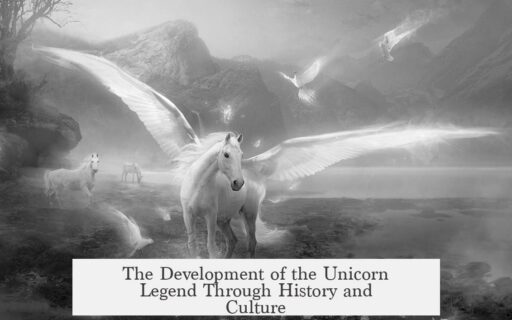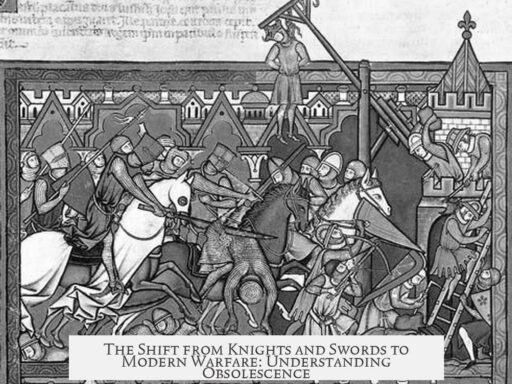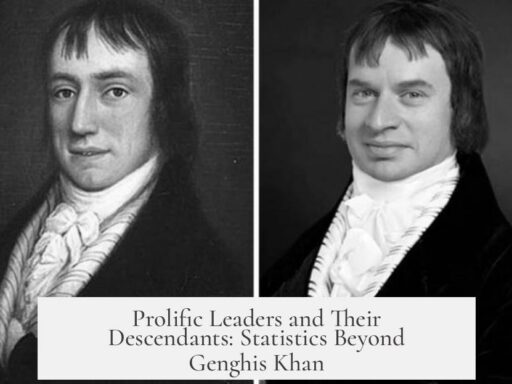The unicorn legend develops from ancient beliefs in a real, one-horned animal, mainly originating in Ancient Greece, where it was considered factual rather than mythical. Greek historian Ctesias, in the 5th century BCE, plays a central role in shaping the legend through his writings on India. He describes a single-horned wild ass—an animal that Greeks believed lived in the distant and mysterious lands of India.
At that time, Greeks had sparse and mystical knowledge of India. Ctesias, who lived in India, reported on exotic creatures there. His descriptions mixed observation with fantasy, leading to portrayals of a magical horned horse-like creature. This account created a foundation for later stories.
The legend’s roots may extend further. Some scholars argue that ancient cave paintings of animals like goats or bulls, depicted from the side, appeared to show a single horn and inspired the unicorn’s image. Such art, combined with travelers’ tales, solidified the animal’s place in early imagination.
Beyond Greece, traces of unicorn-like creatures appear in ancient Mesopotamian art and feature in Indian and Chinese myths. These references hint at a broader, cross-cultural genesis where the unicorn symbolized unique and mysterious qualities.
The Bible also plays a pivotal role in perpetuating the unicorn legend. Several Old Testament passages, including Numbers 23:22, 24:8; Deuteronomy 33:17; and Isaiah 34:8, mention “unicorns”. Psalms 92:10 and 22:21 also refer to a similar creature. The New Testament, originally written in Greek, compares the strength of biblical figures to powerful mythical animals, possibly unicorns. However, this might stem from mistranslations or reinterpretations of the Hebrew word “re’em,” meaning a wild ox or similar beast.
Medieval Christians embraced unicorns by reading these biblical mentions. They reinforced the idea that unicorns were real and infused the legend with symbolic meanings of purity and grace. Medieval art and literature often depicted the unicorn as a noble, magical creature, symbolizing innocence and divine power.
The magical traits of the unicorn—its healing powers, purity, and elusive nature—can be traced back to Ctesias’s fanciful descriptions. He mixed fact with fiction, likely misunderstanding real animals such as the Indian rhinoceros or oryx antelope. These creatures, with a single prominent horn, could easily be the basis for the mythical unicorn.
| Key Aspect | Details |
|---|---|
| Origin | Ancient Greece, based on Ctesias’s reports of a one-horned animal in India |
| Inspiration | Possible cave paintings, real animals like oryx or rhinoceros |
| Ancient References | Found in Mesopotamian art and Indian/Chinese myths |
| Biblical Role | References in Old Testament; interpretations affecting medieval Christian views |
| Medieval Symbolism | Symbol of purity, grace, and Christian allegory |
In summary, the unicorn legend develops from a mix of misunderstood natural history, ancient art, and biblical references. It starts as a supposed real animal observed by Greek historians and evolves into a powerful mythical symbol in medieval Europe. The blend of fact and imagination keeps the legend alive across cultures and centuries.
- Originates from Ancient Greece’s belief in a real one-horned animal.
- Ctesias’s writings on India provide the earliest detailed accounts.
- Influenced by ancient Mesopotamian art and myths from India and China.
- Biblical references reinforce belief, especially in medieval Christian thought.
- Magical elements stem from misunderstandings of real animals.
- Medieval symbolism enhances the unicorn’s association with purity and grace.




